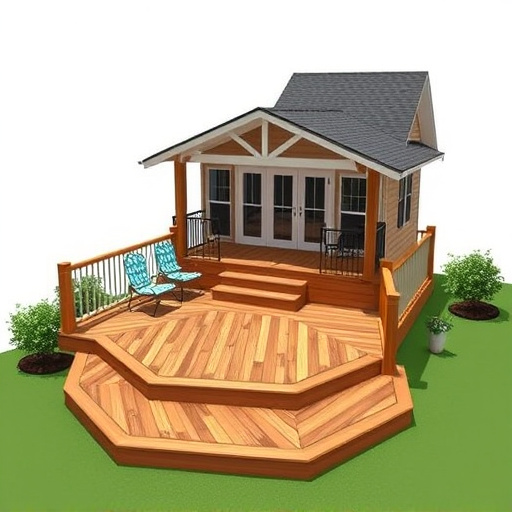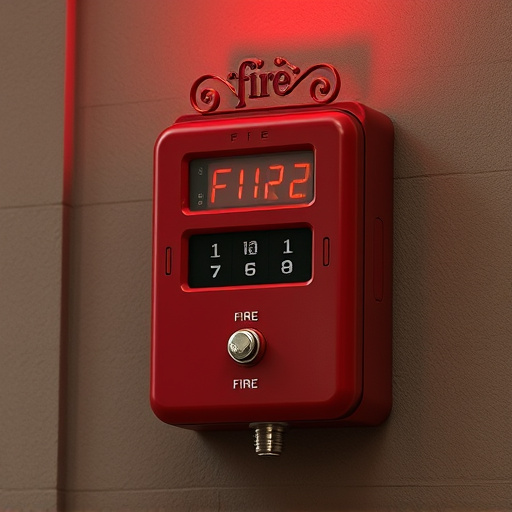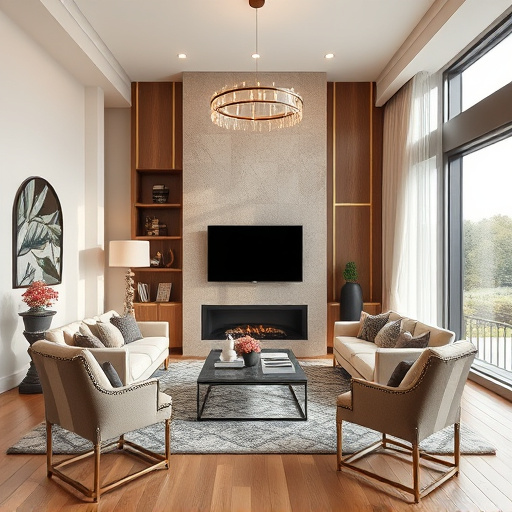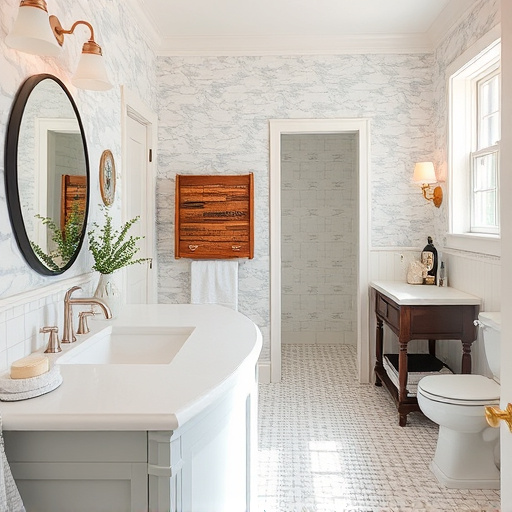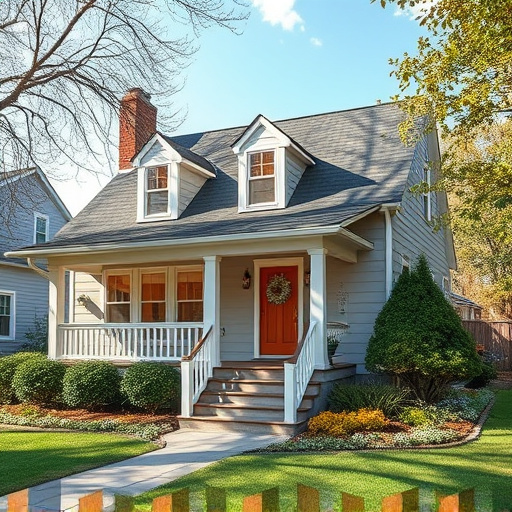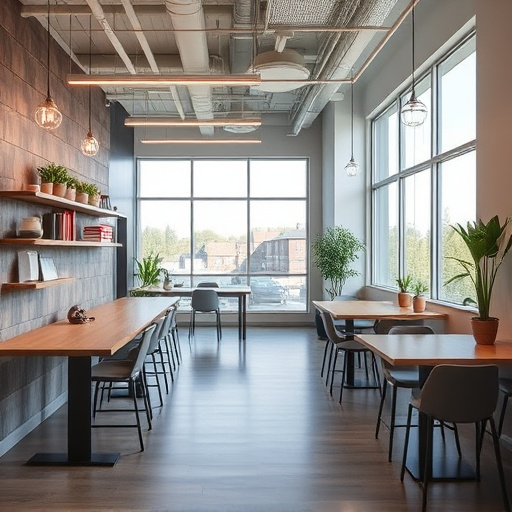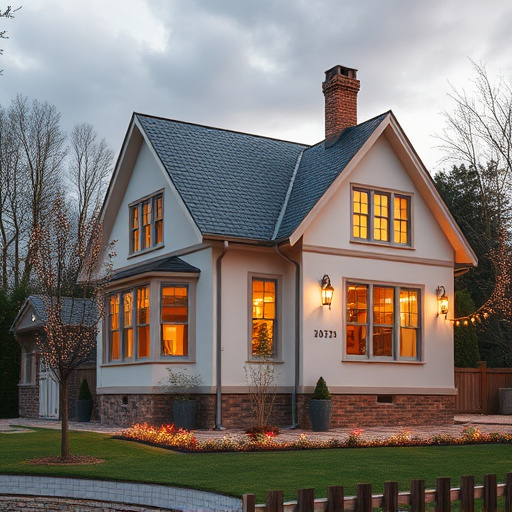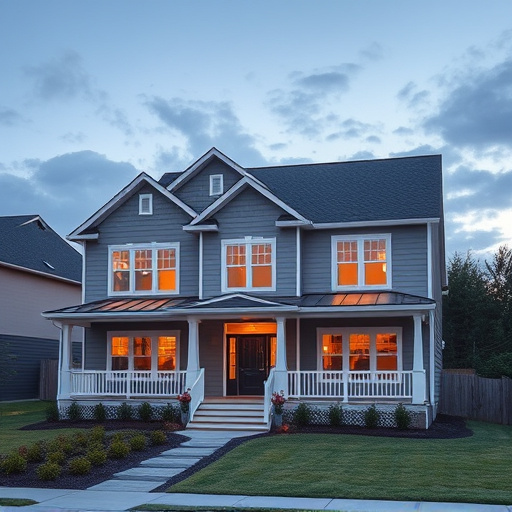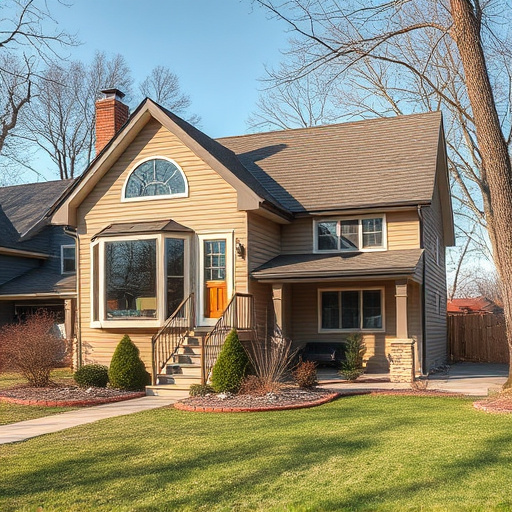Poorly designed houses often result in daily discomfort due to inefficient space utilisation and layout. To avoid this, focus on functional space planning and logical flow during design or renovation. Strategic connectivity between rooms improves traffic patterns and enhances social interaction. Open-concept layouts maximize every square meter, especially in smaller properties, by integrating spaces like kitchens and baths. Renovation services can transform cramped areas into welcoming, functional living spaces that prioritize residents' quality of life and overall house design.
When planning a house design, avoiding critical mistakes is as essential as crafting a functional and inviting space. Poor layout choices can result in cluttered, inconvenient areas, hindering movement and overall comfort. Neglecting natural light and ventilation not only affects energy efficiency but also contributes to poor indoor air quality. Furthermore, incompatible features or unnecessary overdecorations can distract from practicality and harm the overall aesthetic. Understanding these pitfalls is key to creating a harmonious house design that suits both climate and lifestyle.
- Lack of Functional Layout
- – Inadequate flow and connectivity between rooms
- – Cluttered and narrow spaces that limit movement
Lack of Functional Layout
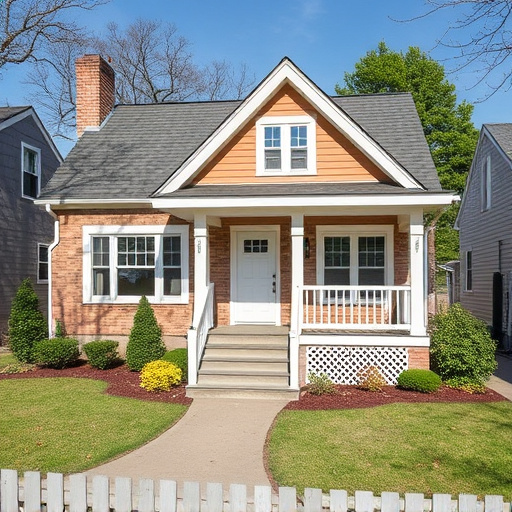
A poorly designed house often falls victim to a lack of functional layout, which can make daily life uncomfortable and chaotic. When planning your house design, it’s crucial to consider how each space will be used and ensure a logical flow. A common mistake is creating areas that are either too confined or overly open, leading to a less-than-ideal living environment. For instance, a kitchen that feels cramped can hinder cooking activities, while an expansive living room without clear boundaries may become a disorganized mess.
A well-thought-out layout should accommodate your lifestyle and preferences. Kitchen renovations are a popular home improvement service, often undertaken to optimize space and functionality. Customized work can also transform poorly designed areas into efficient, beautiful, and comfortable spaces, ensuring that every corner of your home serves a purpose and contributes to a peaceful and organized atmosphere.
– Inadequate flow and connectivity between rooms
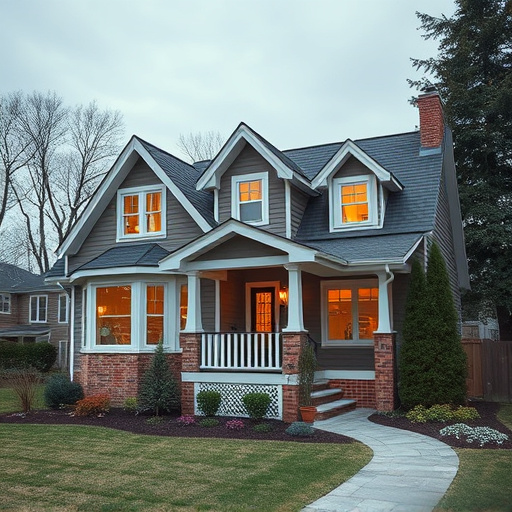
In a poorly planned house design, inadequate flow and connectivity between rooms can lead to an uncomfortable and inconvenient living space. This often results in awkward traffic patterns where residents must navigate through narrow corridors or make detours to reach common areas or private spaces. A well-designed home should seamlessly integrate various rooms, promoting easy movement and fostering social interaction. For instance, a kitchen that is isolated from the living and dining areas may create a sense of disconnection during family gatherings or entertaining guests.
When considering house design, it’s crucial to avoid such pitfalls to ensure a functional and harmonious environment. Integrating spaces like the kitchen and bath with strategic layout planning can enhance overall connectivity. Even minor adjustments in floor plan design, such as repositioning walls or adding doors, can significantly improve flow, making your home more inviting and enjoyable for everyday life and special occasions alike, whether it’s a cozy night in or hosting friends for a meal—including those much-needed kitchen renovations and bathroom remodel projects.
– Cluttered and narrow spaces that limit movement
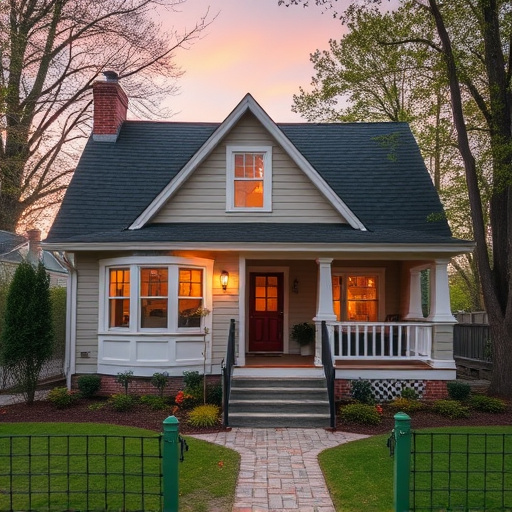
Inadequate space planning is one of the most common pitfalls in house design, especially for smaller properties or poorly designed homes. Cluttered and narrow spaces can significantly restrict movement, making everyday activities less efficient and even uncomfortable. When designing or renovating a home, it’s crucial to prioritize open-concept layouts that promote fluidity between different areas. This doesn’t just enhance functionality; it also creates an illusion of space, making the most out of every square meter.
Consider engaging renovation services to implement thoughtful design solutions if your current layout is lacking. Home transformations can include strategic home additions or reconfigurations to address cluttered spaces. By carefully planning and executing these changes, you can turn a cramped home into a welcoming and functional living space that facilitates movement and encourages a sense of openness, ultimately enhancing the overall quality of life for residents.
When planning a house design, avoiding common pitfalls like poor functional layout is essential. Narrow, cluttered spaces and inadequate room connectivity can hinder movement and make daily life more challenging. A well-designed home should flow seamlessly, offering open and accessible layouts that enhance comfort and convenience. By prioritizing these aspects, you can create a peaceful and practical living environment, ensuring your house design serves as a relaxing retreat rather than a source of frustration.



